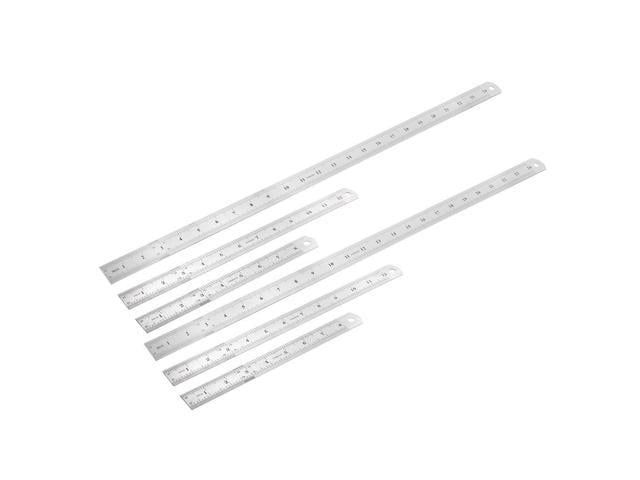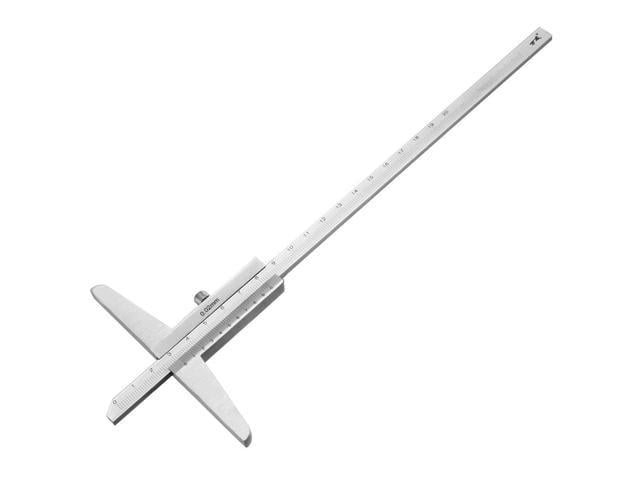"And shippes by the brinke comen and gon,
And in swich forme endure a day or two."
The Frankeleyn's Tale.
Landfall and Departure mark the rhythmical swing of a seaman's life and of a ship's career. From land to land is the most concise definition of a ship's earthly fate.
A "Departure" is not what a vain people of landsmen may think. The term "Landfall" is more easily understood; you fall in with the land, and it is a matter of a quick eye and of a clear atmosphere. The Departure is not the ship's going away from her port any more than the Landfall can be looked upon as the synonym of arrival. But there is this difference in the Departure: that the term does not imply so much a sea event as a definite act entailing a process--the precise observation of certain landmarks by means of the compass card.
Your Landfall, be it a peculiarly-shaped mountain, a rocky headland, or a stretch of sand-dunes, you meet at first with a single glance. Further recognition will follow in due course; but essentially a Landfall, good or bad, is made and done with at the first cry of "Land ho " The Departure is distinctly a ceremony of navigation. A ship may have left her port some time before; she may have been at sea, in the fullest sense of the phrase, for days; but, for all that, as long as the coast she was about to leave remained in sight, a southern-going ship of yesterday had not in the sailor's sense begun the enterprise of a passage.
The taking of Departure, if not the last sight of the land, is, perhaps, the last professional recognition of the land on the part of a sailor. It is the technical, as distinguished from the sentimental, "good-bye." Henceforth he has done with the coast astern of his ship. It is a matter personal to the man. It is not the ship that takes her departure; the seaman takes his Departure by means of cross-bearings which fix the place of the first tiny pencil-cross on the white expanse of the track-chart, where the ship's position at noon shall be marked by just such another tiny pencil cross for every day of her passage. And there may be sixty, eighty, any number of these crosses on the ship's track from land to land. The greatest number in my experience was a hundred and thirty of such crosses from the pilot station at the Sand Heads in the Bay of Bengal to the Scilly's light. A bad passage. . .















